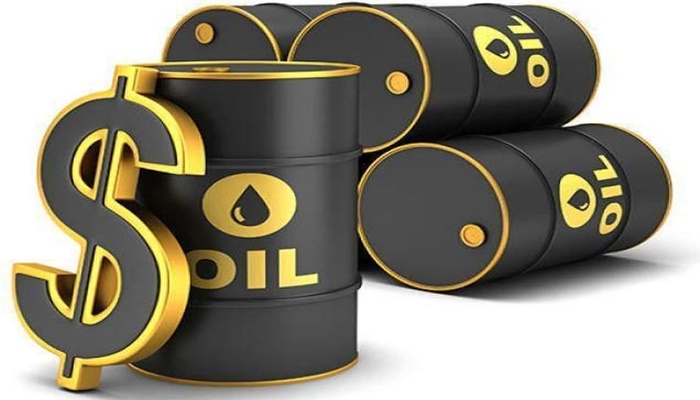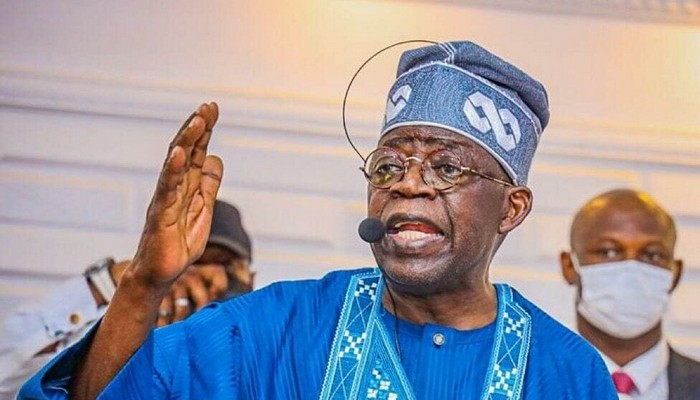
Oil steadied above $57/bbl in New York as the threat of supply disruptions from the North Sea to OPEC member Nigeria and reduced U.S. drilling all suggested the global surplus may continue to fade.
Futures added 0.5% in New York, matching Friday’s gain. U.S. explorers trimmed the number of rigs by four to 747 last week, according to Baker Hughes data. A Nigerian oil union announced an indefinite strike while the country’s fellow OPEC members pressed on with efforts to clear a crude surplus. Ineos repeated that a crack in a North Sea pipeline will take two to four weeks to fix.
Oil is set for a second yearly gain as OPEC and its allies trim production to drain a global glut. While the group has extended cuts through the end of 2018, it faces a challenge from output in the U.S., which is forecast to surge next year to a record 10 MMbpod.
“Investors remain bullish on oil as global growth looks strong, OPEC has extended cuts throughout 2018 and geopolitical risk has made its way back to the oil market,” said Jens Naervig Pedersen, an analyst at Danske Bank in Copenhagen.
WTI for January delivery, which expires Tuesday, rose $0.30 to $57.60/bbl on the New York Mercantile Exchange. Total volume traded was about 30% below the 100-day average.
Brent for February settlement gained $0.29 to $63.52/bbl on the London-based ICE Futures Europe exchange. Prices fell 0.3% last week. The global benchmark traded at a premium of $5.92 to February WTI.
The Brent net-long position — the difference between bets on a price increase and wagers on a drop — rose 1.8% to a record 544,051 contracts, according to data from ICE Futures Europe. Money managers cut their WTI net-long position by 0.4% to 390,874 futures and options in the week ended Dec. 12, the U.S. Commodity Futures Trading Commission said Friday.
Loadings of Forties crude in the North Sea are scheduled at eight cargoes, down from initial plans for 21, following a crack in the Forties Pipeline System. Statoil will buy a 25% stake in the Roncador oil field offshore Brazil from Petroleo Brasileiro for as much as $2.9 billion, upping a bet on the Latin-American country as its biggest growth-engine after Norway.
OPEC and the IEA — the two giants of the oil world — have very different views of the year ahead. OPEC sees the policy of output restraint finally yielding the results its architects intended, with the surplus in stockpiles eradicated. The consumers’ group holds the opposite view.
Credit: Bloomberg.






